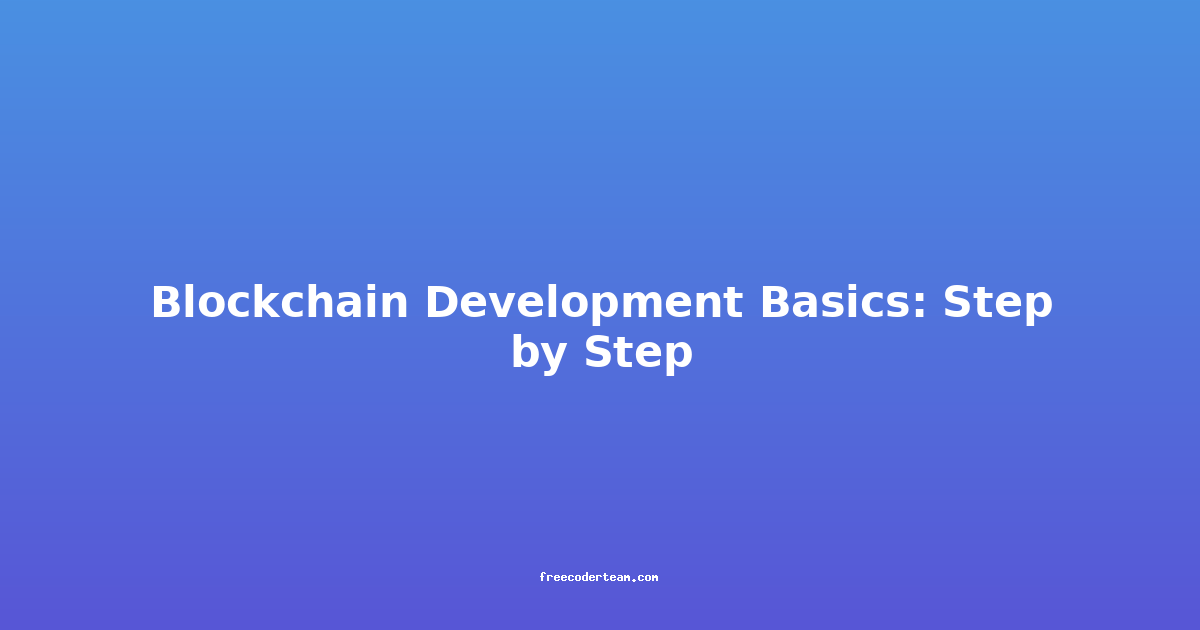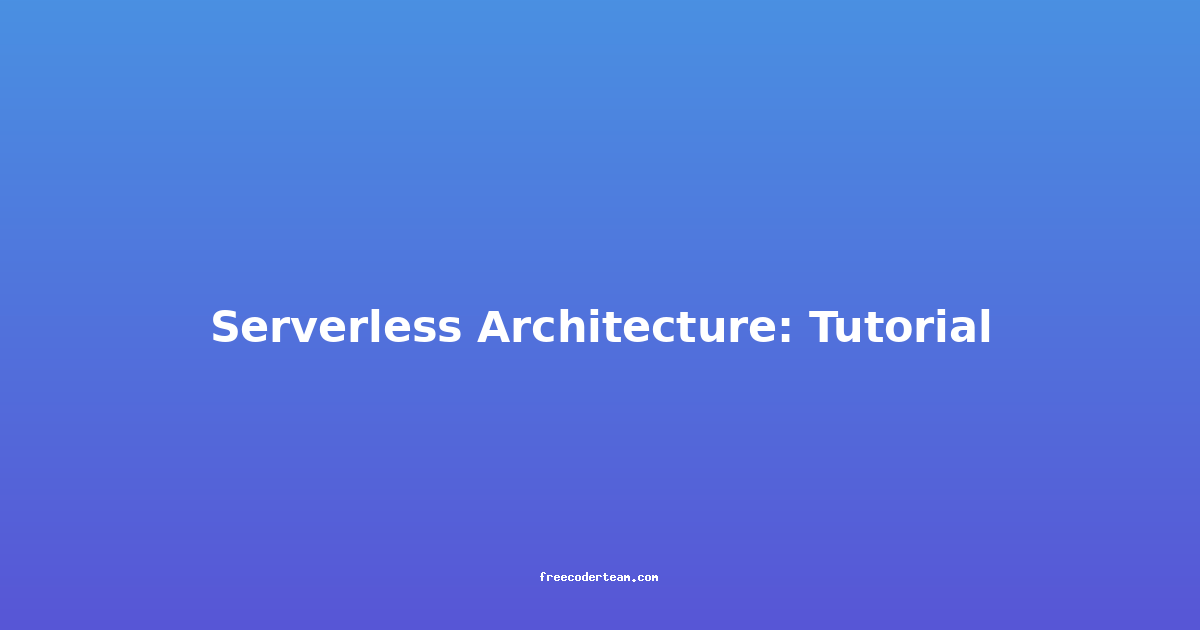Complete Guide to PHP 8 New Features: A Comprehensive Exploration
PHP 8, released in November 2020, is a major update to the PHP language, bringing significant improvements in performance, security, and developer productivity. This guide will walk you through the most important new features of PHP 8, providing practical examples, best practices, and actionable insights to help you leverage these features effectively in your projects.
Table of Contents
Introduction to PHP 8
PHP 8 is the most significant update to the language since PHP 7, and it introduces a range of features that address performance bottlenecks, streamline development, and enhance code readability. Whether you're an experienced PHP developer or just starting, understanding these new features will help you write more efficient and maintainable code.
New Features in PHP 8
1. Just-In-Time (JIT) Compilation
One of the most exciting additions to PHP 8 is the Just-In-Time (JIT) compiler. JIT compilation is a technique that compiles PHP code into machine code at runtime, which can lead to significant performance improvements. This feature is currently experimental but shows great promise for reducing execution times.
How JIT Works
- JIT compiles frequently executed PHP code into optimized machine code.
- It leverages opcodes (PHP's internal instruction set) to generate faster machine code.
Example
// Example of a loop that could benefit from JIT
for ($i = 0; $i < 1000000; $i++) {
$result = $i * 2;
}
// To enable JIT, you need to compile PHP with JIT support and enable it via php.ini
Best Practices
- Use JIT for CPU-intensive tasks, such as loops and heavy computations.
- Monitor performance with tools like
perforxhprofto identify bottlenecks. - Keep in mind that JIT is still experimental and may not benefit all use cases.
2. Named Parameters
Named parameters allow you to pass arguments to functions using their names, rather than their position. This enhances code readability, especially for functions with many parameters.
Example
function connect($host, $port, $timeout = 30) {
return "Connecting to $host on port $port with timeout $timeout";
}
// Using named parameters
$result = connect(host: 'localhost', port: 8080, timeout: 5);
echo $result; // Output: "Connecting to localhost on port 8080 with timeout 5"
Best Practices
- Use named parameters for functions with many arguments or when the order of arguments is not intuitive.
- Combine named parameters with default values for better flexibility.
3. Attributes
Attributes (also known as annotations in other languages) allow you to attach metadata to classes, methods, properties, and other constructs. This is particularly useful for frameworks and libraries that rely on metadata for configuration.
Example
#[AllowDynamicProperties]
class User {
public function __construct(public string $name, public int $age) {}
}
$user = new User(name: 'John', age: 30);
Best Practices
- Use attributes to reduce boilerplate code in frameworks.
- Keep attributes simple and focused on specific use cases.
4. Constructor Property Promotion
Constructor property promotion simplifies the process of initializing object properties. Instead of writing repetitive code to define and assign properties, you can do it in a single step.
Example
class User {
public function __construct(
public string $name,
public int $age
) {}
}
$user = new User(name: 'Jane', age: 25);
echo $user->name; // Output: "Jane"
Best Practices
- Use constructor property promotion for simple, immutable properties.
- Avoid using it for complex logic or validation.
5. Match Expression
The match expression provides a more readable alternative to nested if-else statements or switch statements. It allows you to match a value against multiple patterns and execute corresponding code.
Example
$action = 'login';
$response = match ($action) {
'login' => 'Redirecting to login page',
'logout' => 'Redirecting to logout page',
default => 'Unknown action',
};
echo $response; // Output: "Redirecting to login page"
Best Practices
- Use
matchexpressions for simple conditional logic. - Avoid overly complex patterns to maintain readability.
6. Nullsafe Operator
The nullsafe operator (?->) allows you to safely access properties or call methods on objects that might be null. This reduces the need for null checks and makes the code more concise.
Example
class User {
public string $name;
public ?Address $address;
}
class Address {
public string $street;
}
$user = new User();
$user->address = new Address();
$user->address->street = '123 Main St';
// Using nullsafe operator
$street = $user->address?->street;
echo $street; // Output: "123 Main St"
Best Practices
- Use the nullsafe operator to handle optional properties or methods.
- Combine it with null checks when necessary for complex scenarios.
7. Union Types
Union types allow you to specify multiple possible types for a variable, method parameter, or return type. This provides more flexibility and clarity in type declarations.
Example
function calculate($value1, $value2): int|float {
return $value1 + $value2;
}
$result = calculate(10, 5.5); // Returns 15.5 (float)
Best Practices
- Use union types when a variable or parameter can logically have one of several types.
- Avoid overly complex union types to maintain clarity.
8. Static Return Types
Static return types allow you to specify that a method or function will return an object of the same class. This is particularly useful for method chaining.
Example
class StringBuilder {
private string $content;
public function __construct() {
$this->content = '';
}
public function append(string $str): static {
$this->content .= $str;
return $this;
}
public function toString(): string {
return $this->content;
}
}
$builder = new StringBuilder();
$result = $builder->append('Hello')->append(' World!')->toString();
echo $result; // Output: "Hello World!"
Best Practices
- Use static return types for fluent interfaces and method chaining.
- Ensure that the method returns an instance of the same class.
9. FFI (Foreign Function Interface)
The Foreign Function Interface (FFI) allows PHP to interact with native C libraries directly, without the need for writing C extensions. This is particularly useful for performance-critical tasks or for integrating with existing C codebases.
Example
FFI::cdef('
int add(int a, int b);
');
$lib = FFI::load('path/to/library.so');
$result = $lib->add(5, 3);
echo $result; // Output: 8
Best Practices
- Use FFI for performance-sensitive tasks or when working with existing C libraries.
- Be cautious when working with native code to avoid memory leaks or segmentation faults.
Best Practices and Actionable Insights
-
Leverage JIT for Performance-Critical Code: Use JIT for CPU-intensive tasks, but monitor its impact on your specific use case.
-
Adopt Named Parameters for Readability: Use named parameters to make your code more maintainable, especially in functions with many arguments.
-
Use Attributes for Configuration: Attributes provide a clean way to attach metadata to classes and methods, reducing boilerplate code.
-
Embrace Constructor Property Promotion: Simplify object initialization by using constructor property promotion for simple properties.
-
Refactor Conditional Logic with
match: Replace complexif-elseorswitchstatements withmatchfor cleaner, more readable code. -
Simplify Null Checks with the Nullsafe Operator: Use the nullsafe operator to handle optional properties or methods without excessive null checks.
-
Define Flexible Types with Union Types: Use union types to specify multiple possible types for variables and parameters.
-
Implement Fluent Interfaces with Static Return Types: Use static return types to enable method chaining and create more readable APIs.
-
Integrate Native Libraries with FFI: Use FFI to interact with C libraries when performance or compatibility is critical.
Conclusion
PHP 8 introduces a wealth of new features that enhance performance, readability, and developer productivity. By embracing these features, you can write more efficient and maintainable code. Whether you're optimizing critical sections with JIT, simplifying object initialization with constructor property promotion, or leveraging attributes for metadata, PHP 8 provides the tools to build better applications.
As you explore PHP 8, keep in mind the best practices outlined in this guide. Experiment with these features in your projects, and you'll find ways to streamline your development process and deliver better results.
Happy coding! 🚀
Note: PHP 8 is still evolving, and new features and improvements are on the horizon. Stay updated with the latest PHP developments to continue leveraging the power of the language.




